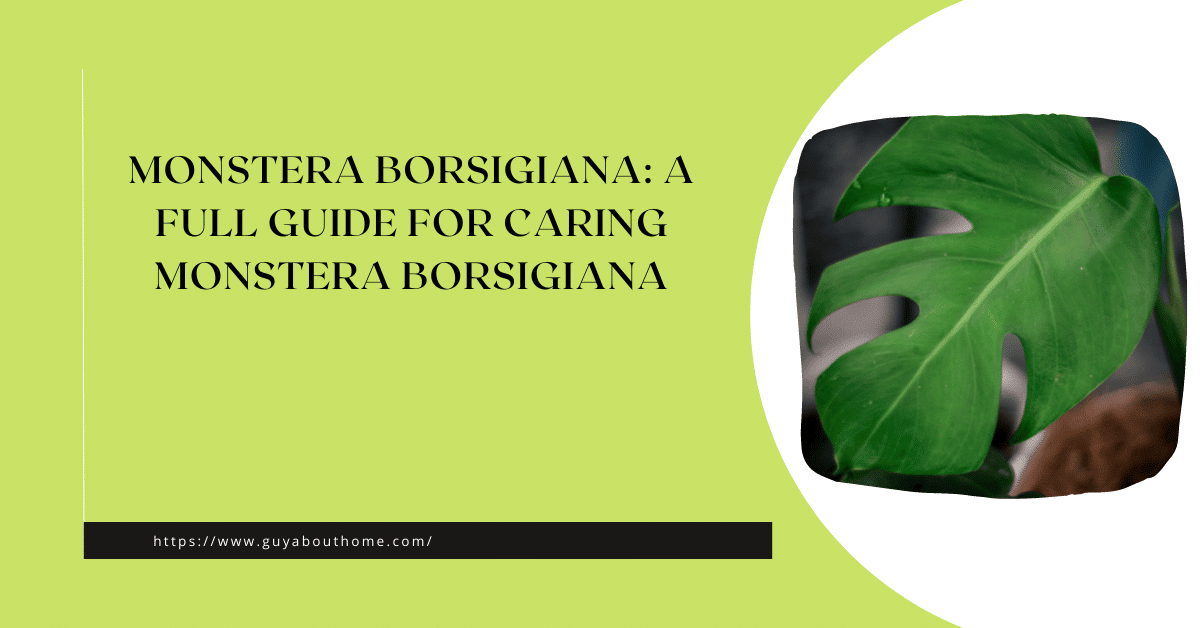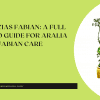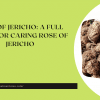Growing Monstera Borsigiana at home is a dream for many gardeners. This is because they are easy to grow. Being equipped with the right growth strategies, you can easily grow them at your home.
What Is Monstera Deliciosa?
It is a South Mexican native and is also one of the 48 flowering species of Genus. The plant has small, heart shaped, dark green color leaves that develop into Montera perforations on maturity. The plant got its name because of the fruit it produces. They are very tasty and unique. Monstera Borsigiana has dark, fenestrated leaves that account for its popularity. They are certainly a showstopper.
Thank you for reading this post, don't forget to the best blogger Guy About Home who offers the best garden and home improvement tips! If you are a home decor and design fan, don't miss the tips on home ideas. If you are a home garden owner, then you might be interest in our complete guides to house plants!
Types of Monstera Borsigiana
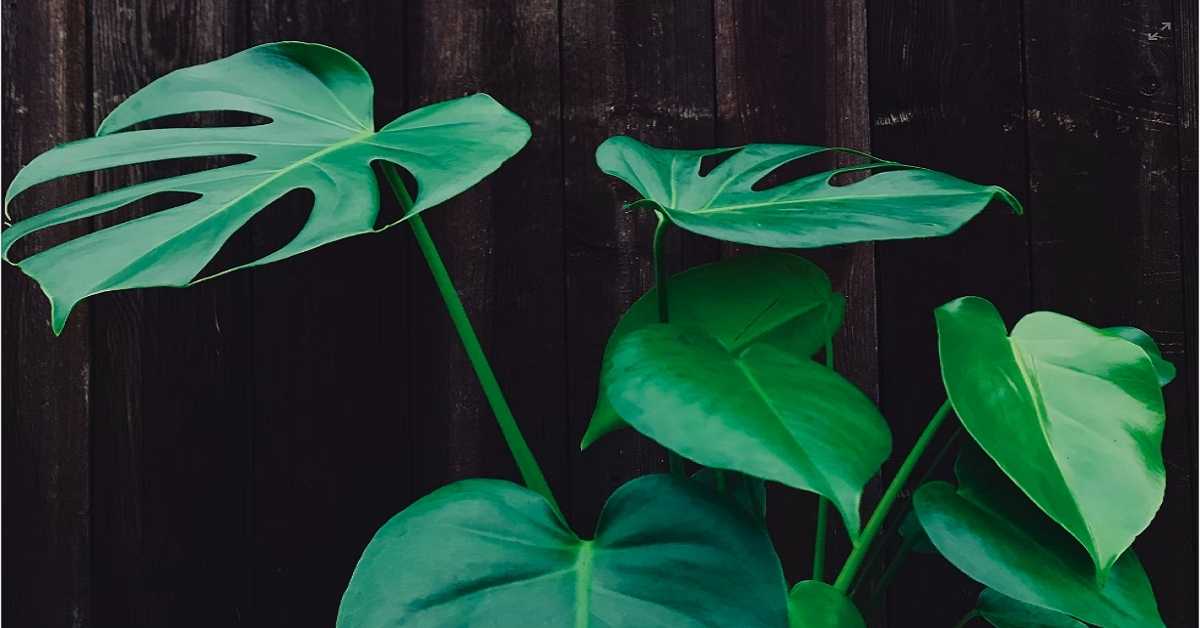
Source: UNSPLASH
Monstera plants have dark green colored leaves that are fenestrated, and it is one of the major reasons why borsigiana is a famous houseplant. Similar to manjula pothos, they steal the show every time. However, in recent years variegation has become a trait of coveted leaves among all plant lovers.
Not confident in planting an indoor plant? Why not getting power from our inspiring indoor plants quotes?
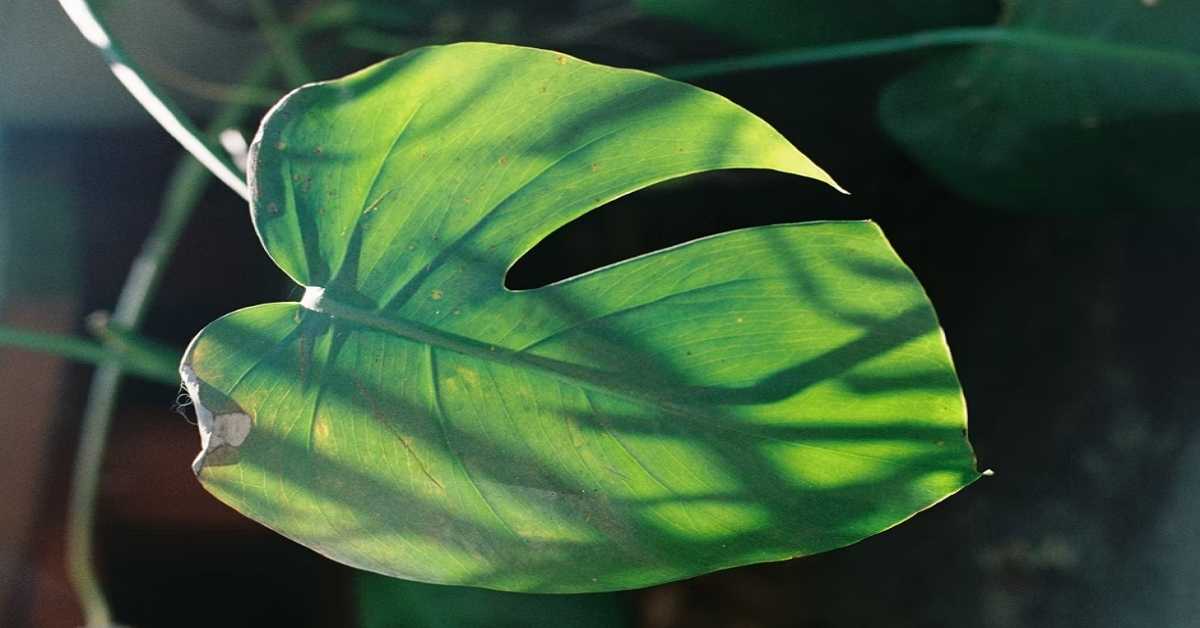
Source: UNSPLASH
Monstera Borsigiana Variegata
This species has dark green leaves with lots of stripes, spots, and larger splashes of lime green, vivid colors.
Monstera Borsigiana Aurea
This plant has dark green leaves with a few golden or yellow variegation lashes.
Monstera Borsigiana Albo Variegata
This species is the show’s crown jewel. It is one of the most expensive species and the rarest to be found. Its leaves have white stripes of variegation, and in some cases, the leaves are completely white. Monstera Siltepecana is another type of Monstera species.
Monstera Borsigiana: Things to Know
Is Monstera Deliciosa a climber?
The plants are climbers by nature. The plant is a creeper, and its aerial roots help it climb upon the support. Similar to monstera petola, these plants are the best choice for wall-hanging purposes and can be grown in pots for decoration. That being said, if someone is a fan of low-maintenance plants that have perforated leaves, this species is an ideal and the most suitable choice.
Is Monstera Deliciosa indoor or outdoor?
The plant has a Monstera creeper legacy and can be grown both indoors and outdoors. On average, an indoor plant grows up to 2 meters when matured, whereas an outdoor plant grows even bigger.
Is Monstera Deliciosa toxic?
Monstera Borsigiana possesses a typical legacy of toxicity. It is dangerous for living beings, be it animals or human beings. Hence you should keep your pets and kids away from the plant.
How Big Monstera Borsigiana And Deliciosa Get?
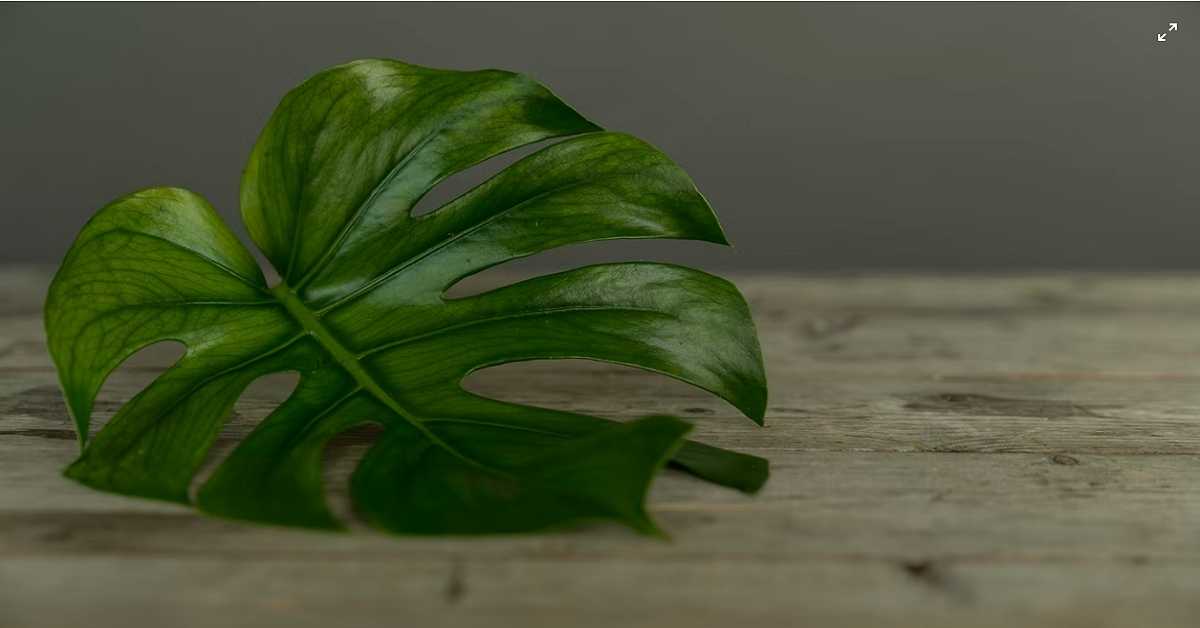
Source: UNSPLASH
Monstera Borsigiana can grow to a nominal height. Like majesty palm, the plant is extremely beautiful and is a showstopper in its own right. On the contrary, Monstera Deliciosa, when grown indoors, can reach a whopping height of around 10 feet, i.e., 3 meters, with leaves that are 2 feet wide.
How to Care for Monstera Borsigiana?
Both Monstera Deliciosa and Borsigiana fall under the same family. As a result, their growing requirements are quite similar. Below mentioned are some plant care tips.
No worries! Though you might encounter the difficulties when learning how to care such an plant as a new plant caring starter, we got the most popular plant lover quotes that can partner with you and you are going to succeed in plant care and grow.
Besides this plant, we also make a full care guide on how to care for Monstera standleyana.
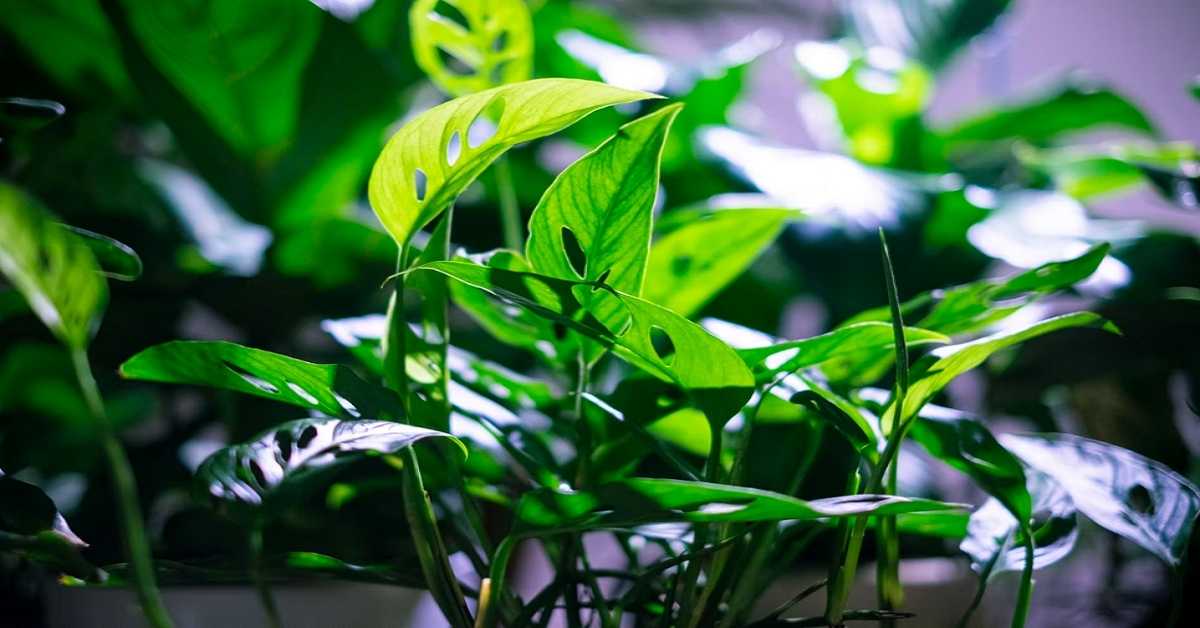
Source: UNSPLASH
Monstera Borsigiana Soil
Both the Monstera plants require well-draining soil and a potting mix to grow healthily. Like monstera dubia, these plants prefer soil that does not infiltrate at a fast or a slow pace but a medium rate. However, a plant with high organic content will help the plant to flourish.
Monstera Borsigiana root rot
Make sure to plant the Monstera in a container with a diameter of two or four inches larger than the root ball. Plant the Monstera as soon as you notice its roots extending around the sides to reduce the chances of root bounding. Also, make sure not to use large pots as they can compromise the health of the plant.
Monstera Borsigiana Light
Monstera plants grow well under sunlight. However, make sure not to keep the plant under direct sunlight for more than three to six hours as too much heat can burn its leaves. You can also provide some artificial light to the plant when enough natural sunlight is not available.
Monstera Borsigiana Temperature
Monstera plants can be kept outdoors; however, make sure to place them under a canopy or a shade. Being exposed to a temperature of more than 80 degrees Fahrenheit can cause the leaves to wilt. Consequently, a temperature less than forty-five degrees Fahrenheit can lead to frost injury or cold damage.
Monstera Borsigiana Watering
Monstera plants do not have high water requirements. A water level of two to three inches from the surface is enough for the plant to grow properly. Make sure that you do not overwater or underwater the plant as in both conditions, the leaves may start to wilt.
Monstera Borsigiana Fertilizer
Monstera plants do not require a high amount of fertilizer. Same as longevity spinach, you can use a dry mix fertilizer, one that is rich in nitrogen, during the active period of the plant. Make sure to put the fertilizer for at least the first eight weeks from the posting period. With time, you can increase the number of fertilizers used and decrease the application frequency.
How To Propagate Monstera Borsigiana?
There are a few ways in which you can propagate Monstera Borsigiana. We will go through the different steps to help you know about them in detail.
Besides this plant, we also make a full care guide on how to propagate Philodendron Painted Lady.
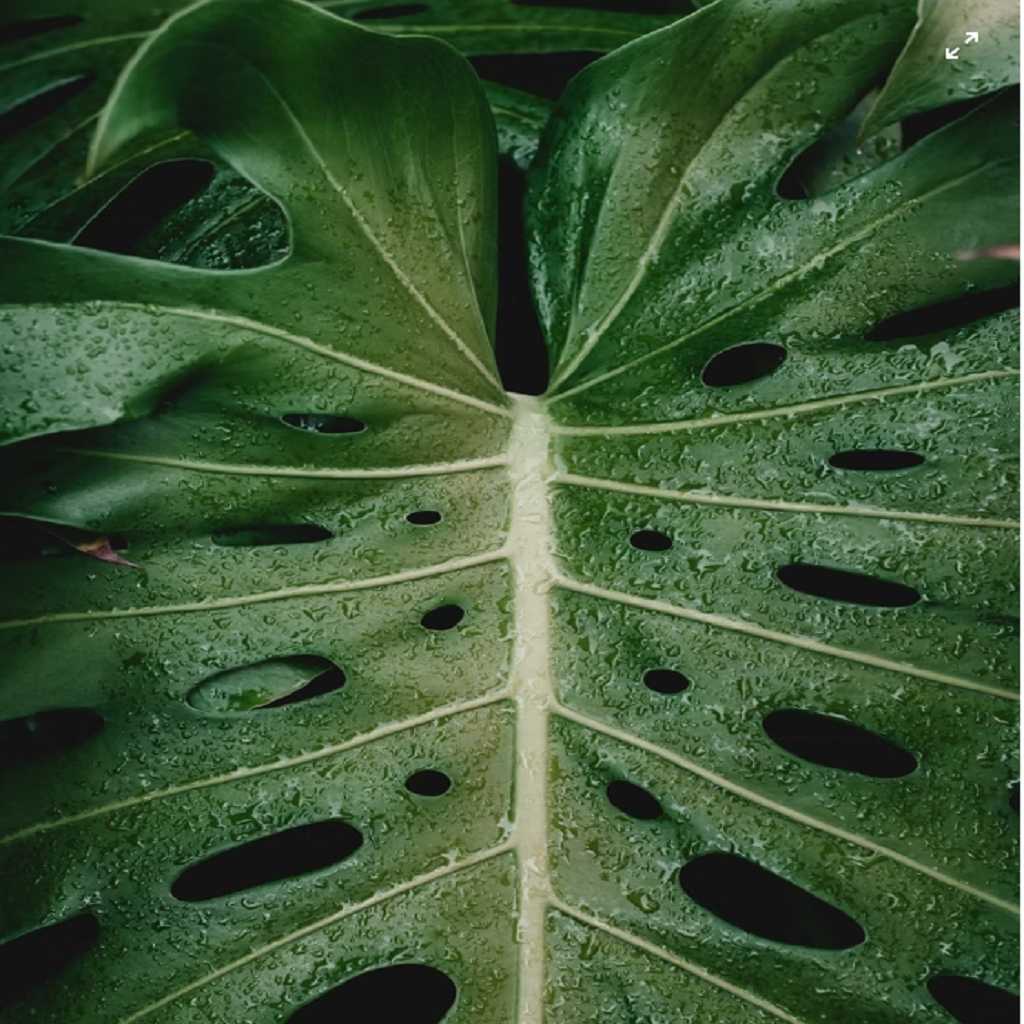
Source: UNSPLASH
Monstera Borsigiana Propagation from Stem Cuttings
You will have to cut the stem right beneath the node to make this method successful. Remove the lower leaves and leave two to three smaller ones while cutting. You can cut the plant’s roots and place them directly into the soil or in a glass jar that contains filtered water. When you see new roots coming up, you can transplant the plant into the soil, if not already placed.
Monstera Borsigiana Propagation By Air Layering
This propagation method is the most popular but the slowest and the most complicated. In this method, new roots are formed on the mother plant itself, and it provides all required nutrition to the new plant. You will need a sharp knife to cut the stem under the leaf node that already has an aerial root. Sphagnum moss is then used and wrapped around the incision, root, and node.
You will then have to cover it with plastic and secure it so that it is tight but at the same time lose enough to spray water and check for new roots. After about six weeks, the plant will be ready for transplant.
Monstera Borsigiana Propagation By Separation
This method will not give you borsigiana babies like the other methods. This method will give you two to three plants of the same age, similar to the ones you have now. You will have to water the plant sufficiently and then remove it from the pot. Using sharp, clean shears, cut the roots to get two or more plants. Ensure that you don’t cut the stem. Place each plant in a new pot and water them daily. Enjoy seeing them grow and have two or more Monstera Plants.
How Much Does Monstera Borsigiana Cost?
Monstera plants, also called “swiss cheese plants”. They are often sold for almost five thousand dollars. Growing such plants and taking care of them requires a certain skill level, and not everyone can do that. Hence, when all the features of the plant combine, the result is an expensive plant. This plant is difficult to find, and when found, you will have to pay a good amount of money.
Where To Buy Monstera Borsigiana?
You can easily find these plants in local nurseries and other home improvement stores. However, the stores often mistake a deliciosa for a borsigiana. Thus, make sure to check the ruffles present on the stem. If no ruffles are present, it is more likely to be a borsigiana.
Alternatively, you can try searching online.
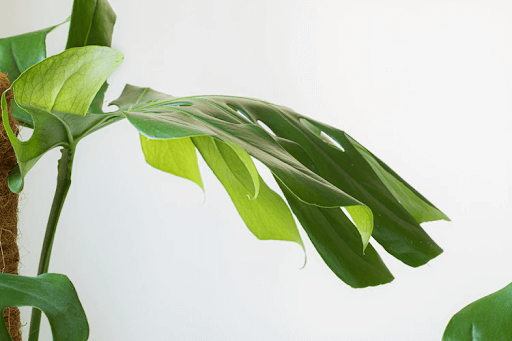
Source: UNSPLASH
All you need to do is input “monstera borsigiana” in the search bar of the search engines or the Facebook Marketplace. You will easily find your desired plant on these portals.
You can also find these plants online. You may find established plants or cuttings. Ficus Triangularis is another indoor plant that you can choose to keep.
You may also find these plants from other sellers present online. However, double-check the ratings and the reviews to ensure that you are buying from a reputed store.
Growing Monstera Borsigiana may seem like a daunting task at first. Same as monkey face orchid, however, once you get to know about the growing habits of these plants, you will realize that they are easy to grow and do not require any high maintenance.
There are some other plants that can be easily grown indoors. Some of them include Rose of Jericho and Alocasia Black Velvet.
Monstera Deliciosa VS. Monstera Borsigiana: What’s their difference?
By highlighting traits that are distinct to each plant, we can easily differentiate between Monstera Borsigiana and Monstera Deliciosa.
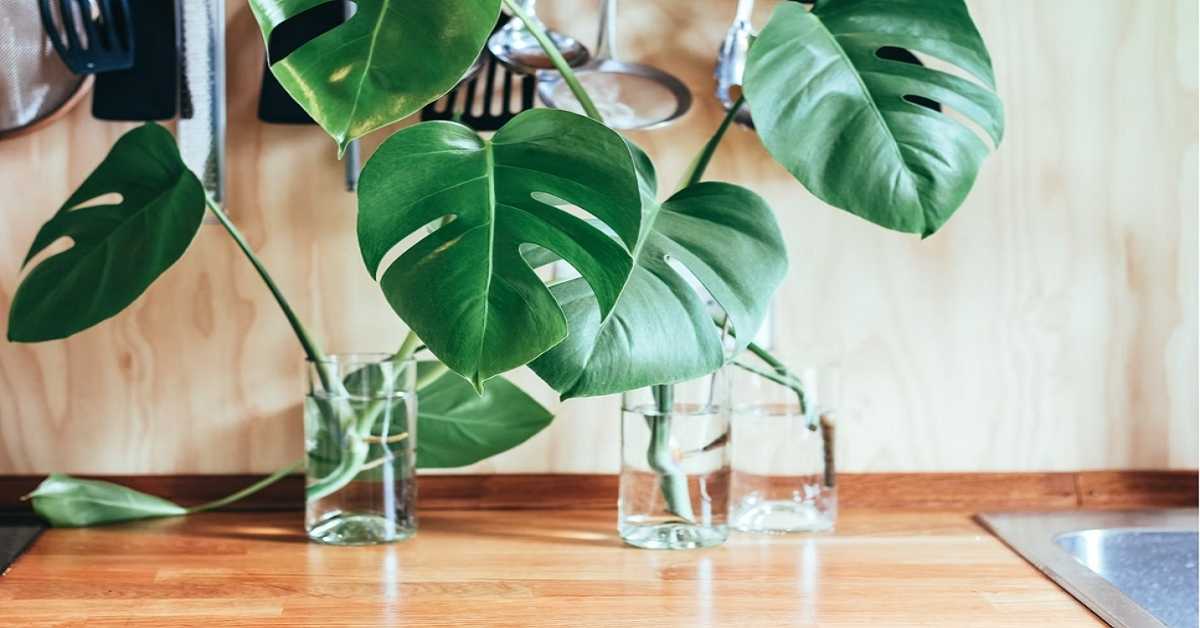
Source: UNSPLASH
growth habit
The growth habit of Monstera Deliciosa is in widespread and horizontal manner. On the contrary, Monstera Borsigiana has a vining growth habit. Just as manjula pothos, a species that looks a little unkempt with nested leafstalk is Deliciosa, whereas, if the plant has a neater growth pattern, it is a Borsigiana.
Monstera deliciosa has sprawling and horizontal growth characteristics. Just as lemon button fern, as a result, they grow profusely and spread throughout the place. They are slow climbers, and thus you can easily find them creeping down the length of the ground. However, as these plants grow older, they tend to turn into vines.
Compared to deliciosa, the borsigiana variant climbs and twines as a vine in the initial growth stage of the plant.
Leaves
As discussed earlier, the leaves of Monstera Deliciosa are attractive and lengthy, and they are large as well. The leaves of Borsigiana, on the contrary, are smaller as compared to the former. However, the latter is still a lovely, leafy houseplant.
Growth Rate
The growth rate of both Deliciosa and Borsigiana is rapid. Upon comparing both of them, it is found that the growth rate of Borsigiana is faster than Deliciosa, though it grows at a significantly faster rate.
Stem
The stem structure is another characteristic that helps identify which monster it is. The difference is between the distance of the nodes. When comparing Borsigiana with Deliciosa, the nodes are much longer in Borsigiana.
Conclusion
The Monstera Borsigiana is a famous monstera plant, a subspecies of the popular plant known as Monstera Deliciosa. There are only some basic differences between the two plants. The difference between the two has been discussed in the article above. We hope that by now you are aware of the ways in which you can care for monstera borsigiana. For more information on this plant, click here.
For more amazing ideas you can have, visit Guy About Home today or you can check the related blogs:
- The Best Potatoes That You Should be Growing
- Ficus Triangularis: A Full Guide For Caring Ficus Triangularis
- Hoya Pubicalyx: A Full Guide For Caring Hoya Pubicalyx
- The Ultimate Guide to Growing Tomatoes
For more step-by-step ideas, diy tips and guides, kindly visit the website guyabouthome.com providing the best garden & home improvement tips.


